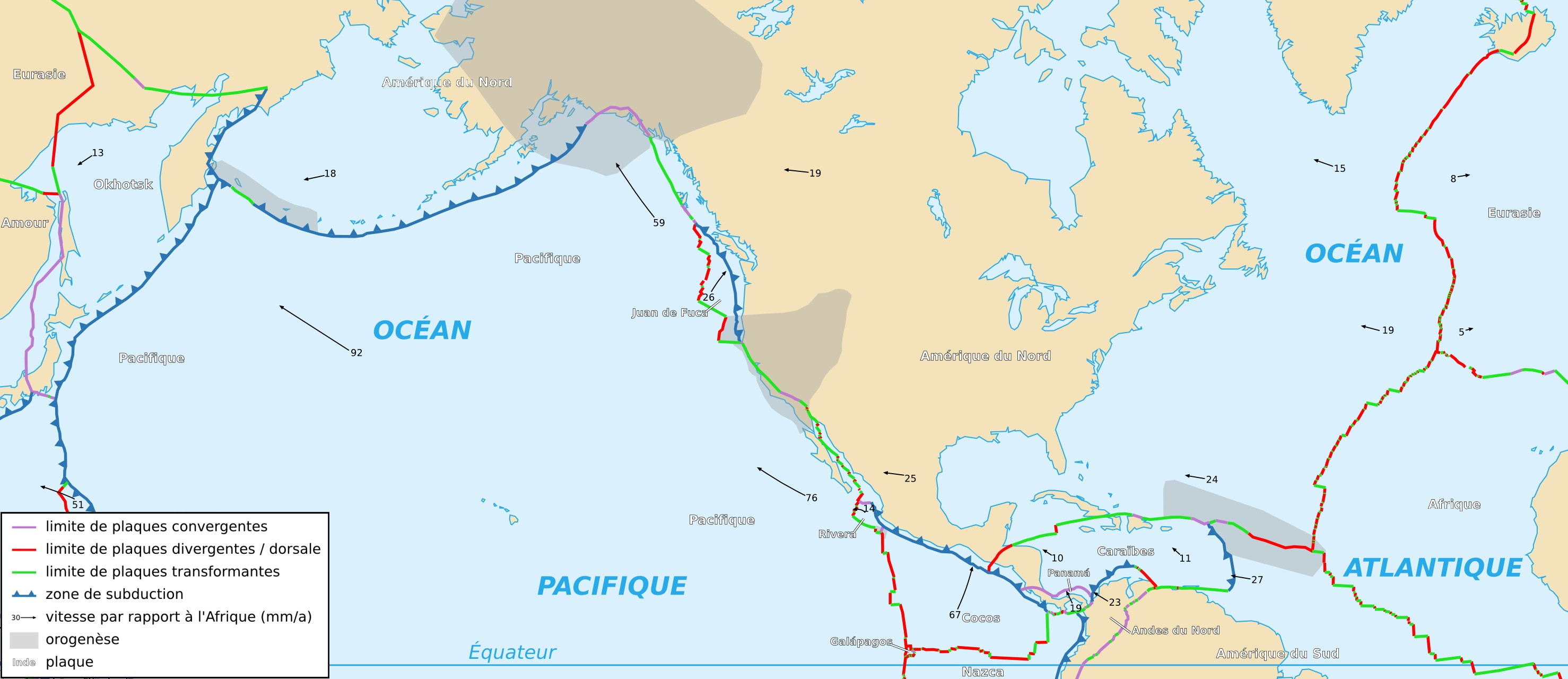- Joined
- Oct 7, 2008
- Messages
- 61,301
- Location
- Bulgaria

The Shinmoedake volcano in Japan's Kyushu has erupted two days after the massive earthquake and tsunami that left more than 10,000 people dead, reports said on Sunday. There was no confirmation on whether the eruption was related to Friday's quake.
The volcano, which was dormant for several weeks after erupting on January 19, began spewing ash and rock on Sunday, Japan's meteorological agency said. The agency did not specify if the new eruption was related to the quake.
Earlier recorded eruptions of Shinmoedake were in 1716, 1717, 1771, 1822, 1959, 1991, 2008 and 2009. The eruption of Shinmoedake in January, which was the biggest volcanic activity in Shinmoedake in 52 years, had caused widespread destruction and panic.
Glass panes on buildings as far away as four miles were shattered in the blast and the bang could be heard further away. Hundreds of people had fled the area after volcanic debris, like hot ash and rocks, flew more than 2,000 meters up in the air, BBC had reported.
Volcanologists had warned then that a "dome of lava was growing larger inside the volcano's crater" though it was uncertain if it would blow the top off any time soon.
http://hken.ibtimes.com/articles/12...rupted-erupts-ash-rock-earthquake-tsunami.htm



